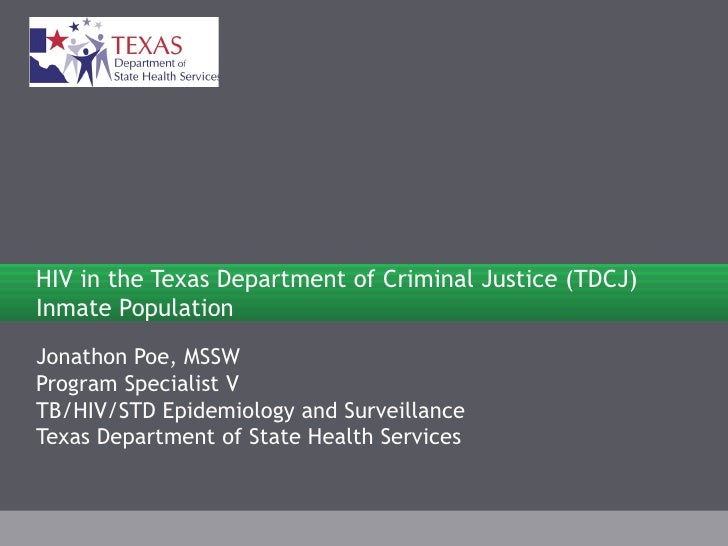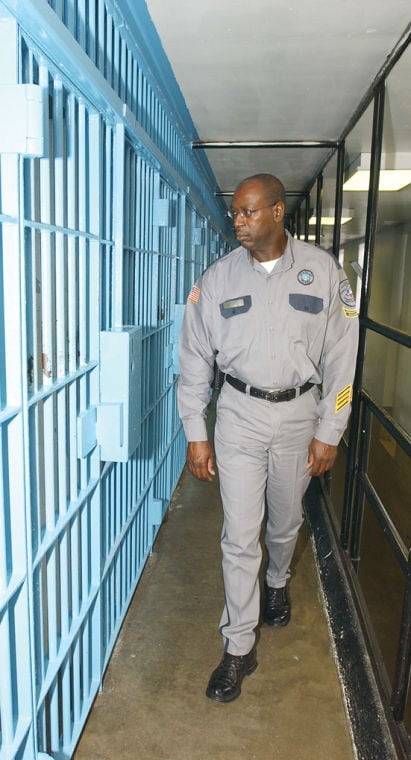
TDC INMATE LOOK UP CODE
Starting on January 1, 2017, Article 42A.303 of the Texas Code of Criminal Procedure says that if a judge puts someone on community supervision (probation) as an alternative to going to prison, then the judge is supposed to also make that person pay a fee for the residential aftercare part of the program in an amount decided by the judge. If someone has insurance that covers any part of substance abuse treatment, then TDCJ is supposed to try to get the insurance company to pay as much of the cost of treatment as possible. If someone has the money to pay for the treatment they get in SAFP, then TDCJ is supposed to try to get the person to pay for it.
TDC INMATE LOOK UP PROFESSIONAL

People often get SAFP as a condition of probation. However, if someone is sentenced to SAFP by the judge, then that person does not get the same rewards (i.e. The system is supposed to have rewards and sanctions (punishments) to encourage participation. These government agencies came up with criteria for deciding whether prisoners are required to take part in different SAFP programs. The Texas Government Code § 493.009 gives the Texas prison system (TDCJ), working with the Texas Department of State Health Services, the power to create SAFP. The releases were tracked to determine if they returned to either TDCJ prison or state jail for either a new conviction or community supervision (probation or parole) violation. The recidivism rates and statistics shown in this guide are based on a 2015 report by the TDCJ for offenders who were released in the Fiscal Year 2011. “Recidivism” is the re-incarceration of offenders after they have been released from jail or prison. SAFP is a common part of plea bargains or probatoin sentences in Texas drugs charges. All Texas prisons offer some form of drug addiction treatment, like: Alcoholics Anonymous, Narcotics Anonymous, Co-Dependents Anonymous, and other approved programs are available to all offenders, and volunteers are used to improve the twelve-step and group recovery meetings.

SAFP information on this page:Īside from getting sentenced to SAFP, anyone that is sentenced to the TDCJ (Institutional Division or State Jail) is put through a chemical dependency screening. Meet with attorney James Luster to discuss SAFP. If your considering a plea bargain offer that includes agreeing to go to SAFP, then you need to speak with a criminal defense attorney for a complete understanding of the program. The progam is only available for felony charges. Overall, the idea is that by giving people treatment, Texas will not have the same people committing crimes over and over again (recidivism - see below). The program is supposed to provide different treatment options for the needs of individuals suffering from substance abuse addiction. This is a program the government has designed to give drug abuse treatment inside, and later, outside Texas prisons. What does SAFP stand for? Pronounced “SAFE P,” the Texas Substance Abuse Felony Punishment Facility (SAFPF) is a part of the state’s Substance Abuse Treatment Program (SATP) run by the Rehabilitation Programs Division of the Texas Department of Criminal Justice (TDCJ).


 0 kommentar(er)
0 kommentar(er)
